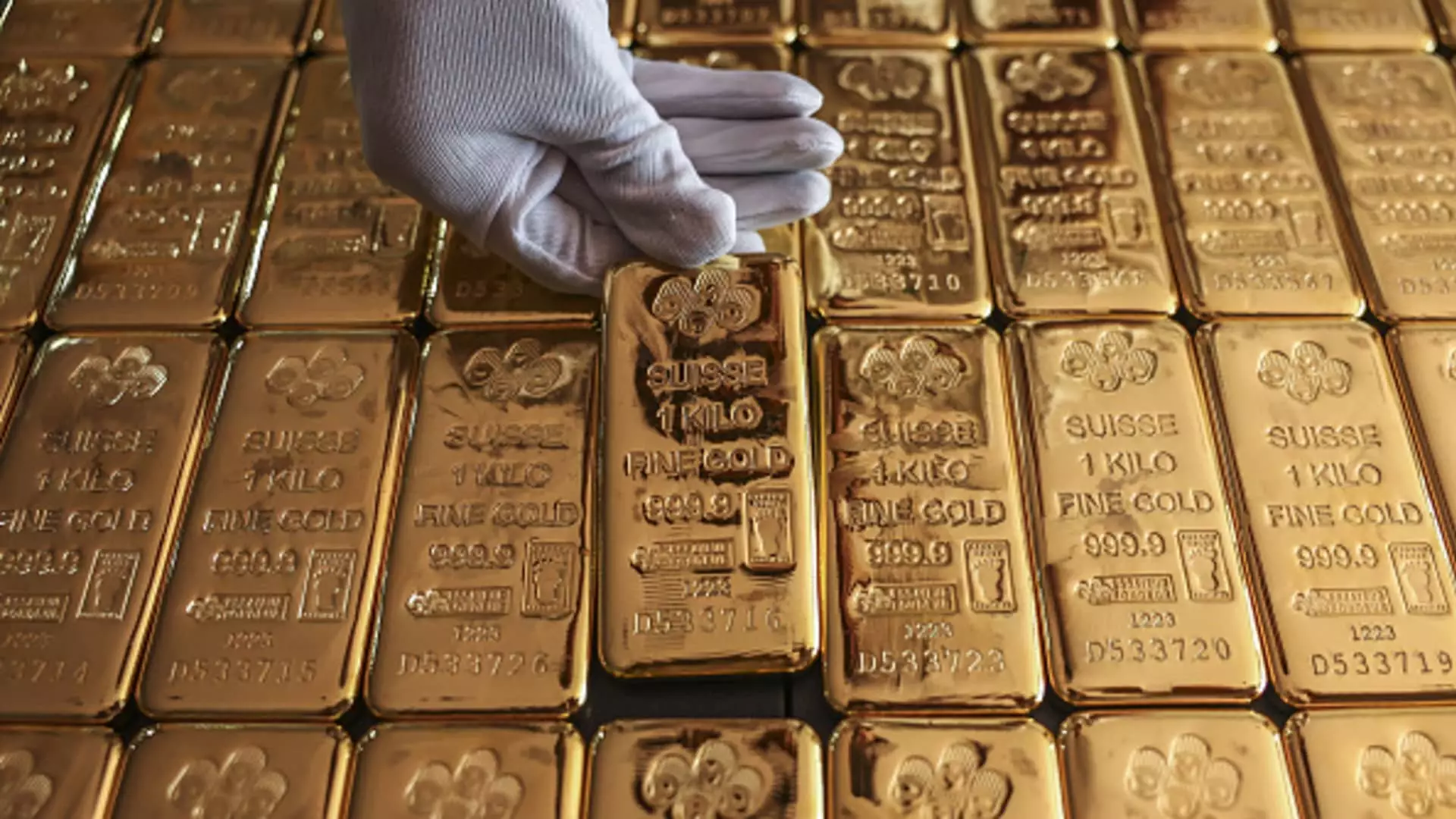Gold has long held a prestigious place in the realm of investment, but the introduction of gold-tracking exchange-traded funds (ETFs) has transformed the landscape entirely. George Milling-Stanley, the mind behind the first gold ETF, reflects on two decades of market evolution, and his outlook remains robust. The allure of gold is not merely a remnant of historical trust; rather, it is bolstered by a heightened demand from both state players and individual investors, particularly in emerging markets like India and China. This demand has set the stage for gold to remain a sought-after asset, even amidst fluctuations in market sentiment.
The interplay of various factors contributes to the ongoing interest in gold. Milling-Stanley highlights a unique dichotomy in the current market: while stocks and cryptocurrencies are drawing attention due to their recent booms post-election, gold remains a steadfast component of investment portfolios. The scenario paints a clear picture of a risk-on environment, yet gold’s resilience shines through as it begins to reclaim lost ground, emphasizing its status as a safe haven and a strategic asset.
This ongoing recovery in gold prices is more than a mere reaction to market volatility; it signifies a deeper understanding among investors regarding the necessity of diversification. Gold is proving itself as not just a relic of the past but a dynamic asset that complements other forms of investment.
The launch of the SPDR Gold Shares ETF (GLD) marked a pivotal change in gold investment accessibility. No longer limited to jewelry or physical bullion, investors now have a means of incorporating gold into their portfolios in a more manageable and strategic way. Todd Sohn, an ETF and technical strategist, emphasizes that ETFs like GLD have democratized gold investment, making it feasible for a broader swath of investors to partake. By introducing an asset class that functions alongside equities and fixed income instruments, GLD has created a more balanced and diversified investment landscape.
That said, the notable performance of GLD, which has surged over 450% since its launch, speaks volumes about the trust and utility investors find in gold as a security blanket during uncertain times. Such statistics not only showcase gold’s robustness but also underscore the necessity for investors to consider it amidst fluctuations in traditional equities.
As we look toward the future, the anticipation for gold’s role within investment strategies appears promising. The burgeoning demand from emerging markets, combined with a consistently resilient performance, positions gold uniquely both as a hedge against inflation and as a diversification tool. The insights provided by industry veterans like Milling-Stanley serve to remind us that even in a rapidly changing financial landscape, gold retains an invaluable place in a well-rounded investment portfolio.
As the world continues to evolve and markets fluctuate, the enduring value of gold, enhanced by innovative financial products like ETFs, persists. It serves as a reminder that while the investment landscape may shift dramatically, some assets remain timeless pillars of stability and growth.

